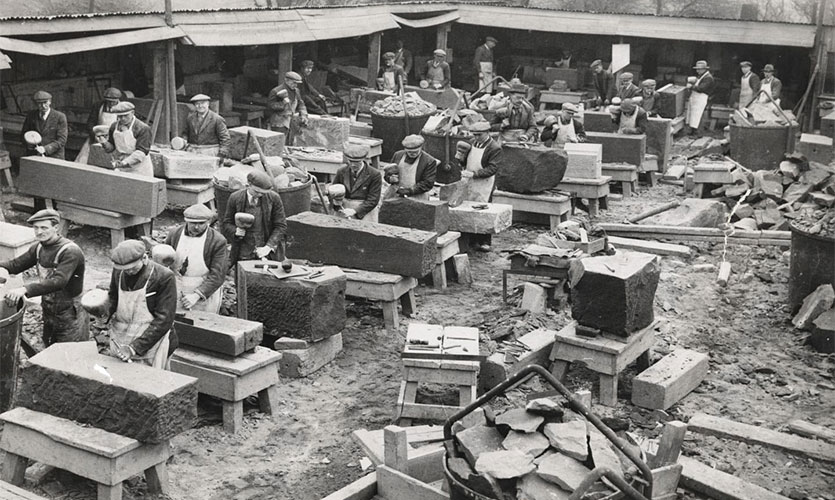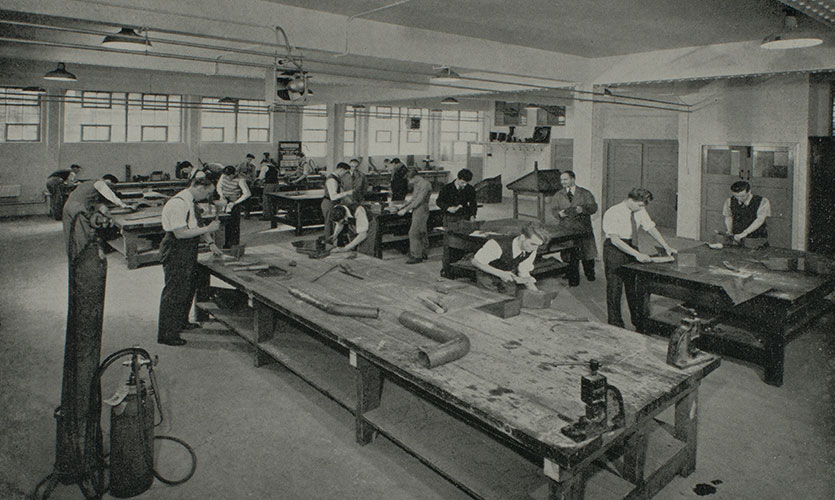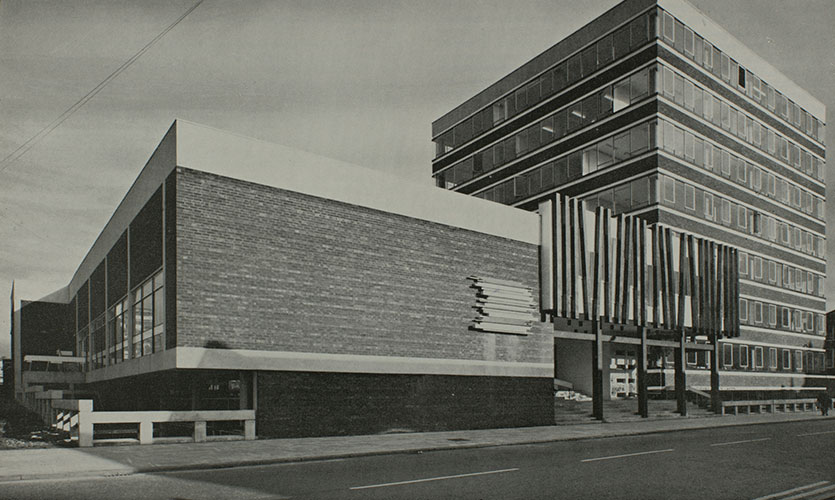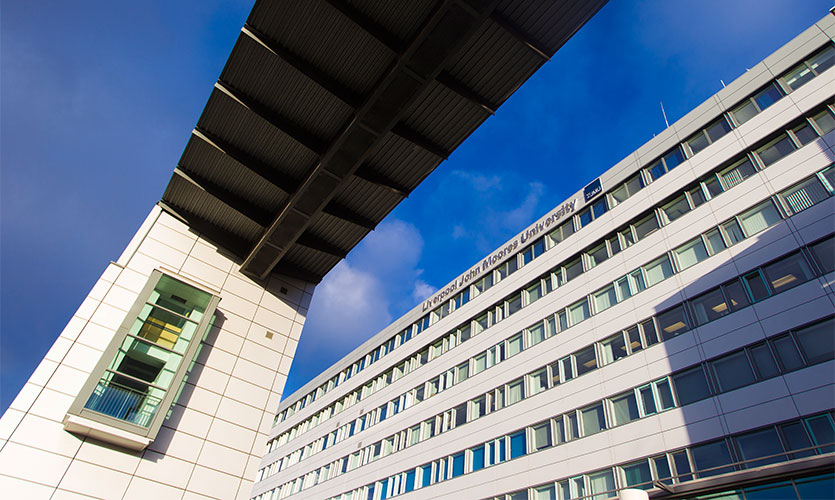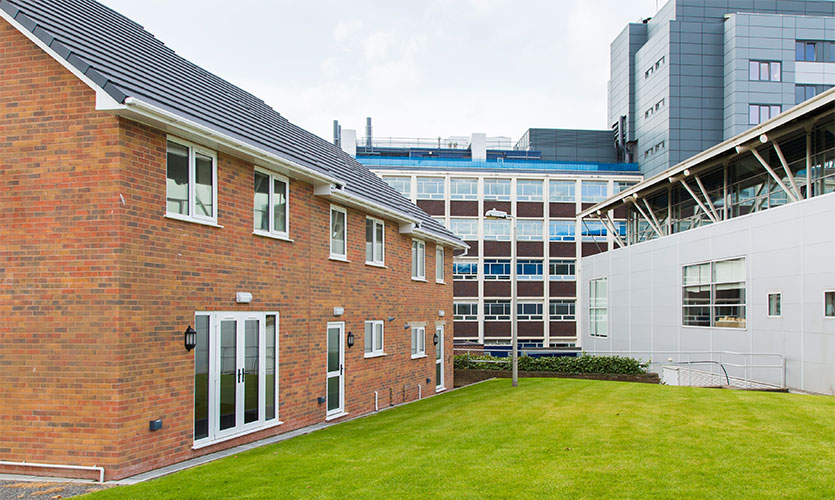Supporting the construction industry
College of Building
The foundations for the College of Building date back to the Liverpool Cathedral Mason's School, which was established in the early twentieth century when work started on the Anglican Cathedral.
Part-time day classes for building trades’ apprentices started in Liverpool in 1925. After the war, in 1946, ‘advanced work in building’ was taught in the Technical College, and the creation of new building workshops in 1950 enabled the delivery of practical classes in plumbing, heating and ventilation, hard metal and pipe bending, forge and welding shops, wood machinists, plastering, carpentry and joinery, and vehicle body building. Building Science was also taught, with studies in fabric, mechanics and equipment.
In 1951, a separate College of Building was established, known locally as ‘the College of Bricks’. Students could follow National Diploma in Building courses and complete the Royal Institution of Chartered Surveyors (RICS) examinations plus part-time courses for the National Certificate in Building. The main building trades were also taught along with courses in mechanics and motor bodywork and the National Certificate in Building.
By 1962, the College had expanded considerably, covering a wide range of programmes in building and engineering. In 1969, it moved to a new development known as the Clarence Street Building, becoming part of the Polytechnic in 1970. In 2010, the Clarence Street Building was demolished to make way for the University’s Redmonds Building. The demolition prompted the move of the School of the Built Environment to Byrom Street. It also marked the move of architecture back to an expanded School of Art and Design.
Now based in the Faculty of Engineering and Technology at Byrom Street, the Departments of Built Environment and Civil Engineering offer a wide range of professionally-accredited degree programmes. With recognised expertise in sustainable technologies, the University is helping to develop innovative solutions to water treatment and conservation, road and pavement technologies and energy efficient housebuilding techniques.
Industry links now stretch around the globe, with employers directly contributing to curriculum development and providing invaluable work experience for students. So while technologies may have changed since the 1950s, when the ‘College of Bricks’ was first established, the need for industry-relevant education continues unabated.


